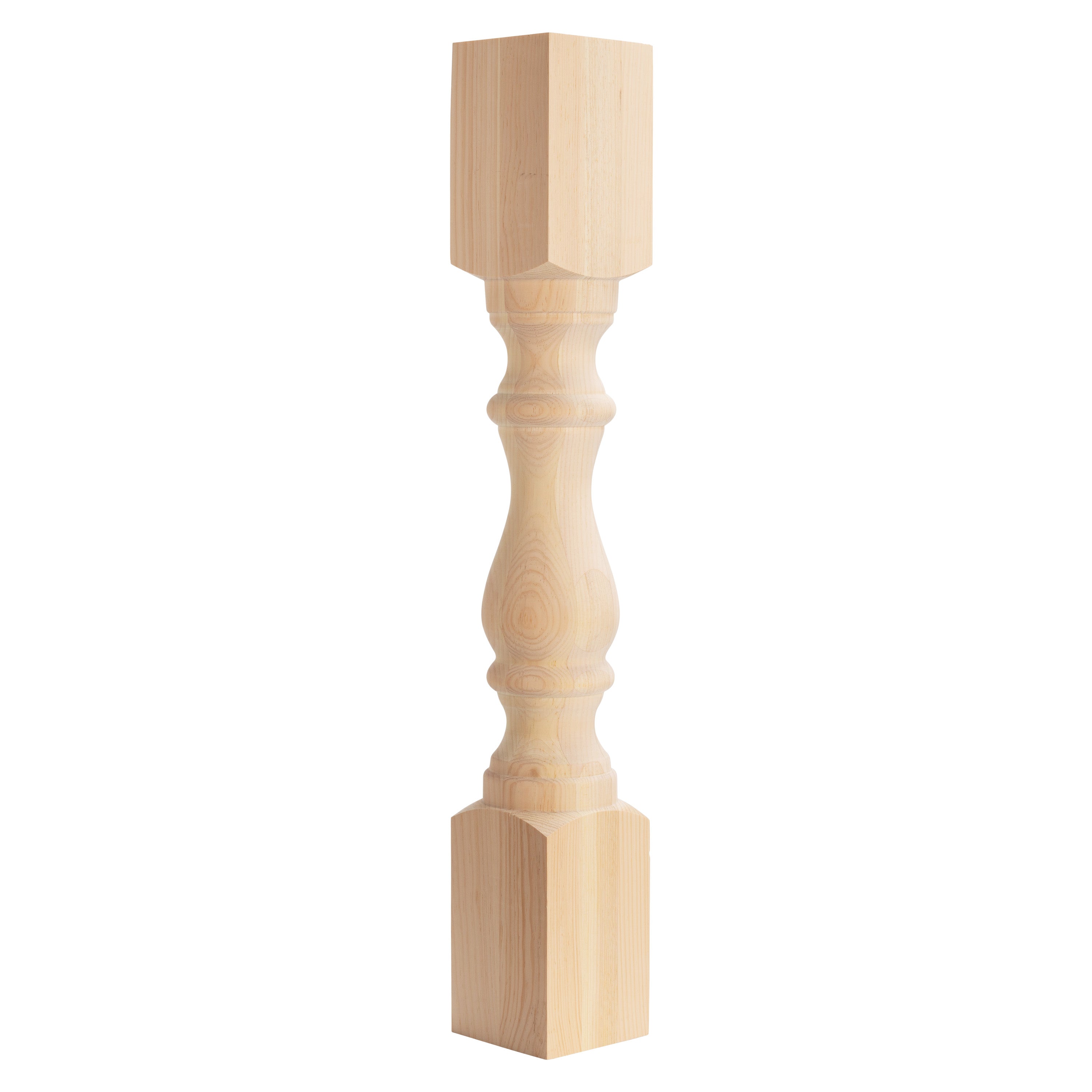How to Install a Kitchen Island Leg for Maximum Stability and Style
Wiki Article
The Relevance of a Sturdy Kitchen Island Leg in Developing a Functional Cooking Location
A tough kitchen island leg works as an essential element in developing a useful cooking environment, offering needed assistance for both the kitchen counter and various kitchen area tasks. The stability it provides can significantly minimize the threat of accidents in high-traffic locations, while also adding to the overall visual coherence of the space. As kitchen areas develop right into multifunctional areas for food preparation, eating, and socializing, the choice of materials and design factors to consider for island legs comes to be increasingly crucial. Understanding these elements can transform your cooking area right into a much safer and much more effective area, prompting further exploration right into the ideal alternatives readily available.Advantages of Sturdy Island Legs
Offering vital support, sturdy cooking area island legs play a critical role in enhancing the capability and longevity of kitchen area islands - kitchen island leg. These legs not only birth the weight of the counter top and any additional items put on the island, yet also add to the overall security of the structure. A well-supported cooking area island makes sure that it remains upright and practical, also under heavy usage, which is particularly vital in busy kitchen area environmentsAdditionally, sturdy island legs can improve the visual appeal of the kitchen area. They provide a solid structure that can complement numerous design styles, from contemporary to typical. This adaptability allows homeowners to personalize their cooking area islands according to personal taste while making certain that the structural stability continues to be uncompromised.
In enhancement to their helpful function, robust kitchen island legs can also boost safety and security. Inevitably, spending in strong cooking area island legs is necessary for a useful and aesthetically pleasing cooking location.
Products for Kitchen Area Island Legs
When choosing materials for kitchen island legs, longevity and visual charm are crucial factors to take into consideration,. The most common products consist of hardwood, steel, and crafted wood, each offering distinct benefits.Wood, such as maple, oak, or cherry, is a classic choice because of its stamina and timeless elegance (kitchen island leg). It can stand up to considerable weight and is immune to wear, making it optimal for high-use kitchen environments. In addition, wood can be discolored or painted to match various cooking area styles
Metal legs, usually crafted from stainless steel or functioned iron, supply a industrial and modern appearance. They are extremely strong and can support substantial lots while being resistant to moisture and warmth, which is helpful in a cooking area. Metal legs can also be quickly cleaned, boosting their usefulness.

Design Factors To Consider for Stability
The selection of products for kitchen island legs straight influences the read here design factors to consider for security. When developing a kitchen island, it is critical to assess the weight-bearing capability of the selected products. Larger materials, such as solid timber or steel, normally supply greater security, especially under the anxiety of daily use.In addition, the leg style have to incorporate correct geometry to enhance stability. A bigger base enhances the assistance location, minimizing the threat of tottering or tipping. Factor to consider ought to additionally be offered to the height of the legs; out of proportion leg lengths can result in inequality, compromising the general security of the island.
Furthermore, the circulation of weight throughout the island is important. Ensuring that the leg placement straightens with the heaviest elements, such as countertops and appliances, will additionally boost security.
Maintenance Tips for Durability

Depending on the material of the legs-- whether timber, steel, or composite-- appropriate cleaning methods ought to be used. Metal legs might need a light gloss to protect against corrosion and keep their gloss.
Additionally, tightening bolts and screws on a regular basis can make certain security and protect against tottering. Consider strengthening the legs with extra brackets or sustains to improve resilience if the kitchen area island experiences hefty usage. Applying a safety coating or sealant can safeguard versus moisture and stains, extending the lifespan of the legs. By complying with these maintenance suggestions, you could try this out house owners can guarantee their kitchen area island legs stay robust and functional for years ahead.
Selecting the Right Leg Style
Routine upkeep makes certain that cooking area island legs continue to be sturdy and functional, however choosing the ideal leg design is just as vital for both looks and assistance. The choice of leg style can dramatically affect the overall style and harmony of your kitchen area.
Functionality is another important facet. Thicker legs or those with a durable base can sustain larger countertops and devices, boosting the island's energy. Conversely, slim legs might produce a ventilated appearance, appropriate for lighter layouts but potentially less encouraging.
Conclusion
In summary, the significance of tough kitchen area island legs can not be overstated in the creation of a practical cooking location. These legs offer vital support, boost stability, and contribute to the general visual of the kitchen area.A durable cooking area island leg serves as a basic element in developing a practical food preparation atmosphere, providing needed support for both the kitchen counter and various cooking area activities.Giving crucial support, tough kitchen area island legs play a pivotal duty in enhancing the capability and toughness of kitchen islands. Inevitably, investing in strong kitchen island legs is necessary for a functional and aesthetically pleasing cooking area.
Factor to consider ought to additionally be provided to the elevation of the legs; out of proportion leg lengths can lead to discrepancy, jeopardizing the overall stability of the island.
Wood legs give warmth index and a classic appearance, while steel legs offer a commercial and modern-day feel.
Report this wiki page